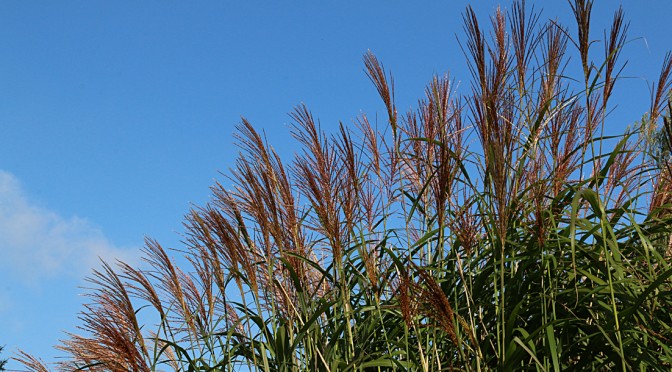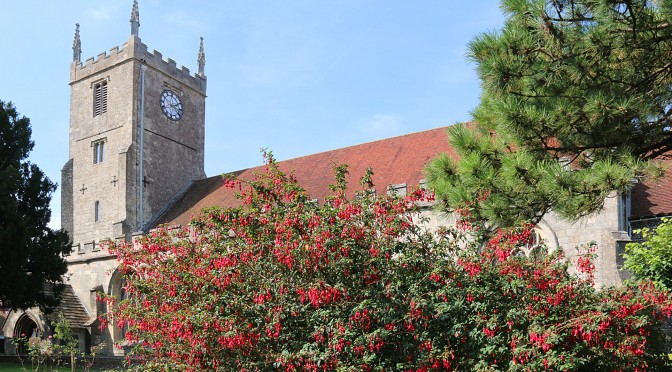
Category: Photos
-

Summary for September 2014

 Much has been broadcast recently stating that September 2014 was the driest on record, going back to 1910. The statistics given by the Meteorological Office are based on daily weighted totals from a network of stations within each of five England and Wales regions calculated by the Hadley Centre, the research arm of the Meteorological Office.
Much has been broadcast recently stating that September 2014 was the driest on record, going back to 1910. The statistics given by the Meteorological Office are based on daily weighted totals from a network of stations within each of five England and Wales regions calculated by the Hadley Centre, the research arm of the Meteorological Office. The total rainfall for September was 41.7mm, which is 67% of the 30-year average or 20mm below. The driest Septembers in Marlborough were in 2003 and 2009 with just 11.1mm, which contrasts with the wettest year in 2006 that produced 131.9mm. There were 25 totally dry days and four days with insignificant precipitation amounting to daily totals less than 1mm. However, the total consists almost entirely of the 40.6mm that fell during the night of the 18th when thunderstorms raged from 6pm to 4am the following morning.
The total precipitation of 40.6mm is a record for the wettest September day since my records began in 1984 and beats the previous high of 35.6mm recorded in September 1984. Often thunderstorms arrive from a southerly direction and frequently pass to the west or east of Marlborough. On this occasion the line of storms moved from east to west over central southern England.
The total amount of evaporation from ground sources, plants and water surfaces, was 51mm, which with the rainfall of 42mm gave a deficit of 9mm. This was lower than might be expected considering the reduced rainfall, as there were many days with fog or mist that persisted into the morning and coated the countryside with heavy dew. The considerable rainfall on the 18th also refreshed the ground. There were several days when spectacular spiders’ webs were covered with droplets of moisture that glistened when the sun broke through the mist.
For much of the month high pressure was over or near the UK, which brought us the dry and warm conditions. Unusually for September, winds frequently came from a northeasterly direction and many days were very light in strength. A maximum gust for the month of 24mph occurred on the 14th. Many days the maxima gusts were in single figures or low teens. The mean wind speed for the complete month, day and night, that is usually around 3 – 4mph, was just 1.8mph.
It was a warm month with daytime temperatures consistently above the average, which resulted in a mean maximum 2.2C warmer than the 30-year average. However, the mean temperature for September, including maxima and minima, was 1.1C above the 30-year average due to several very cool nights. The warmest day was the 9th when the thermometer soared to 22.8C with 19 other days when 20C was exceeded.
There were no occasions when an air frost was recorded; the last occurring in September was in 2003. The coolest night was the 22nd when the thermometer dropped to 2.1C, which caused a slight ground frost for a short while around dawn.
There were 11 days when fog formed overnight, due to the still air and low temperatures, but usually cleared by mid-morning.
-
Marlborough College Chapel and buildings
Looking west from St Peter’s tower across Marlboro
 ugh College buildings and the chapel.
ugh College buildings and the chapel. -

Summary for August and Summer 2014
 August
August
As a summer month, August 2014 was a disappointment. There were only eight days when the maximum temperature exceeded the 30-year mean, all at the beginning of the month. Many days in the month were several degrees below the long-term average. The mean was 1.7C below the long-term average so it is not surprising that it was the coldest August since 1993. The maximum day temperature was 25.2C, which was the lowest maximum since 1986.
Rainfall was also noteworthy as there were only eleven dry days and the total rainfall of 101.4mm was 157% of the 30-year average, which is an additional 37mm. It was the eight wettest since 1984 with August 1992 holding the record when the total precipitation was 139.5mm. In contrast, August 1995 was exceedingly dry with just 5.3mm of precipitation.Summer
The months of June and July produced above average temperatures so although August was cool, the mean for the three summer months was 0.3C above the 30-year average.
The total rainfall for the summer was 186mm, just 4mm above the 30-year average.The consecutive eight months from January to August have produced a total rainfall of 787mm, which is the highest total since my records began in 1984. It is interesting to note that there are only three years that have totals in excess of 700mm, all recent years, 727mm and 707mm in 2009 and 2008 respectively.
